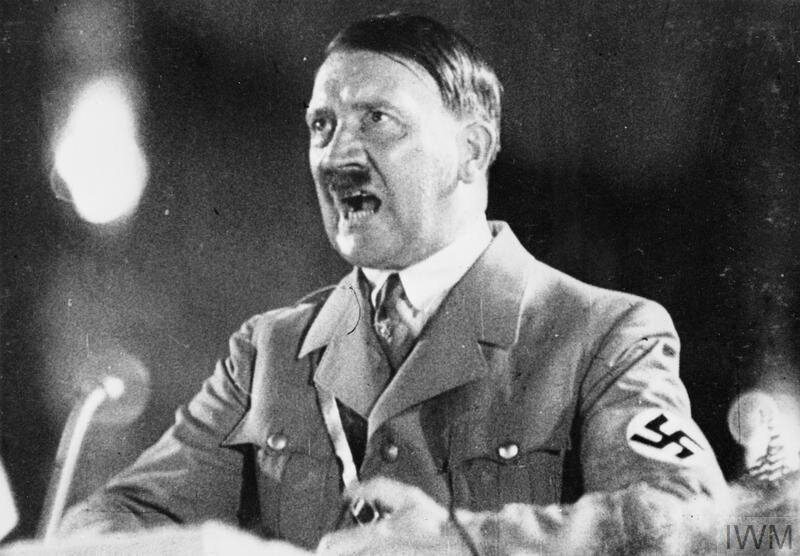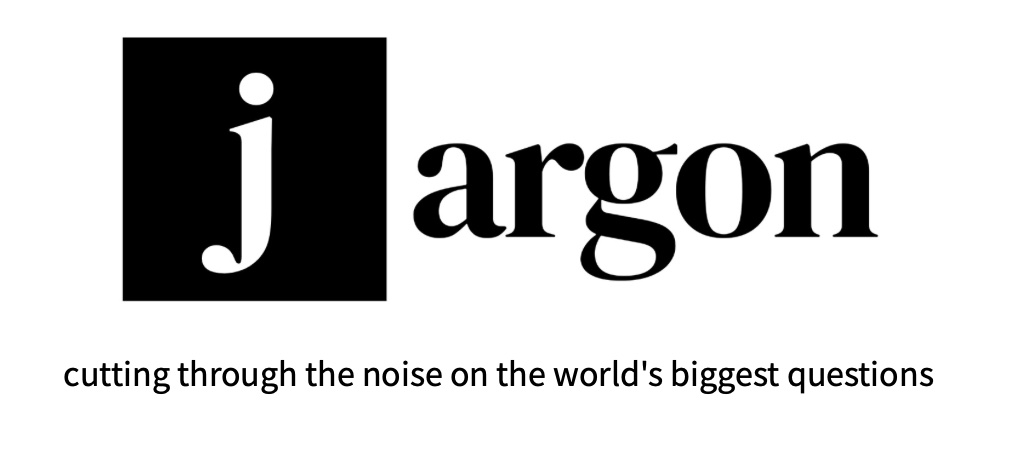History
how did adolf hitler actually get into power?
17th September 2025

When people think of Adolf Hitler, they usually picture the dictator who plunged Europe into World War II and orchestrated the horrors of the Holocaust. But that raises a deeper question: how did a man with such extreme views and destructive ambitions rise to lead one of the world’s most advanced nations?
Hitler’s path to power began in the chaos that followed Germany’s defeat in World War I (1914–1918). The Treaty of Versailles, signed in 1919, imposed harsh penalties on Germany: territorial losses, military restrictions, and huge reparations payments to Allied countries. Many Germans saw the treaty as humiliating, and resentment grew toward the Weimar Republic, the new democratic government established after the war.
This discontent was intensified by economic instability. In the early 1920s, Germany suffered from hyperinflation, the value of money collapsed, and basic goods became unaffordable. Later, the Great Depression (starting in 1929) caused mass unemployment and poverty. Millions of Germans lost faith in democratic leaders and looked instead to political movements that promised strong leadership and national revival.
Hitler joined a small nationalist group called the German Workers’ Party in 1919. With his powerful public speaking and skill at propaganda, he quickly rose through its ranks. The party was soon renamed the National Socialist German Workers’ Party, or Nazi Party.
The Nazis’ message combined nationalism, anti-communism, and anti-Semitism with a promise to restore Germany’s strength. They claimed that Germany had been “betrayed” by internal enemies, especially Jews and communists, and that only a strong leader could save the nation.
In 1923, Hitler and his followers attempted to overthrow the government in an event known as the Beer Hall Putsch. The coup failed, and Hitler was imprisoned for nine months. During that time, he wrote Mein Kampf (“My Struggle”), a book outlining his political ideas and racial theories. The failed coup taught Hitler that he could not seize power by force; he would have to do it legally, through the political system.
The Great Depression transformed the Nazis from a fringe movement into a major political force. By 1932, Germany’s unemployment had reached around 30%, and extremist parties gained support from those who felt abandoned by traditional politicians.
The Nazis used modern propaganda methods such as posters, rallies, and radio broadcasts to present Hitler as a man of action who could restore pride and stability. The party’s organisation was disciplined and nationwide, appealing to workers, farmers, and middle-class citizens alike.
In the 1932 elections, the Nazi Party became the largest in the Reichstag (German parliament), although it did not have a majority. Hitler demanded the position of Chancellor, but Germany’s President, Paul von Hindenburg, initially refused.
In January 1933, after months of political deadlock, Hindenburg reluctantly appointed Hitler as Chancellor. Many conservative politicians believed they could control him and use his popularity to stabilise the government. This turned out to be a fatal miscalculation.
Once in office, Hitler quickly moved to consolidate power. When the Reichstag Fire occurred in February 1933, a fire that destroyed the German parliament building, the Nazis blamed communists and used it as an excuse to suspend civil liberties. The Reichstag Fire Decree allowed the government to arrest opponents and silence dissent.
A month later, the Enabling Act was passed, giving Hitler the authority to make laws without parliamentary approval. This effectively ended democracy in Germany and marked the beginning of the Nazi dictatorship.
Over the next few years, Hitler eliminated political rivals and established a totalitarian regime (a system that practically outlaws any opposition). Trade unions were abolished, opposition parties were banned, and the media came under Nazi control. Through a mix of propaganda and fear, the Nazis sought to control every aspect of public and private life.
By the mid-1930s, Hitler had transformed Germany into a one-party state under his absolute rule. His rise was not simply the result of his personality or ideas; it was made possible by the economic crises, political instability, and social divisions of the time.
Adolf Hitler’s rise to power was not a single event but a process. It combined Germany’s postwar humiliation, the failures of democracy, and the appeal of a leader who promised national renewal. By exploiting fear, using propaganda, and taking advantage of legal mechanisms, Hitler turned a fragile democracy into a dictatorship, a stark reminder of how political, social, and economic turmoil can open the door to authoritarianism.
